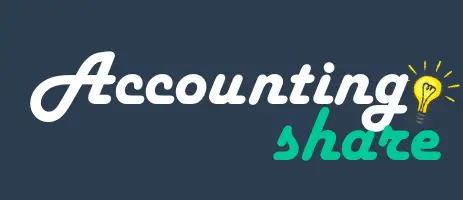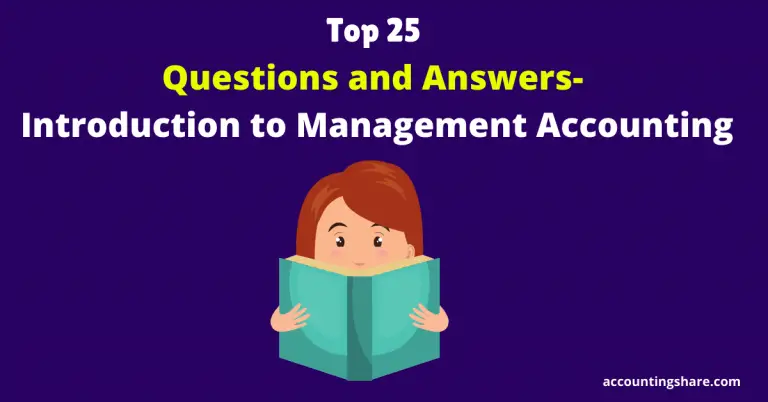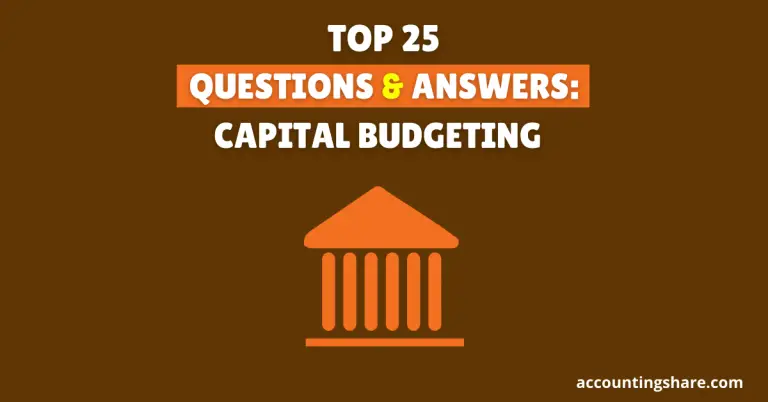Top 20 Questions and Answers-Flexible Budget [With PDF]
In this article, we will learn the top 20 questions and answers-Flexible budget. After reading this article you will get the brief idea about the flexible budget which enhance your accounting knowledge and skill.
So let’s get started.
Questions and Answers-Flexible Budget
Question-01: What is a flexible budget?
Answer: A flexible budget is a budget that changes with the level of activity actually attained.
Question-02: What are the objectives of a flexible budget?
Answer: The objectives of a flexible budget are as follows
- Overcoming the disadvantages of a fixed or fixed budget.
- Do not change the original budget again and again.
- Creating opportunities to change plans in changed circumstances.
- Making changes to the plan in the light of changing circumstances
Question-03: What are the advantages or benefits of a flexible budget?
Answer: The advantages or benefits of a flexible budget are as follows:
- Since flexible budgets are prepared for multiple alternative functions or levels of work, it is possible to use the same budget to compare the actual results with those achieved.
- Work capacity and efficiency can be measured through flexible budgets
- Responsibility-based controls are realistic through flexible budgets.
Question-04: What are the limitations or disadvantages of a flexible budget?
Answer: the limitations or disadvantages of a flexible budget are as follows:
- In a flexible budget, fixed cost, variable cost and semi-variable cost are displayed separately. But the cost classification and cost behaviour of every organization is not exactly the same. This creates problems in formulating flexible budgets.
- Flexible budgeting is expensive.
Question-05: Where is the flexible budget applied?
Answer: The flexible budget applies in
- New product manufacturers.
- Manufacturers of fancy and luxurious products.
- Export-oriented industries.
- Institutions in which a fixed budget cannot be implemented.
Question-06: What are the steps in preparation for a flexible budget?
Answer: The steps in preparation of a flexible budget are as follows:
- Determination of normal capacity and volume
- Determination of practical capacity
- Analysis of cost behaviour
- Preparation of budget.
Question-07: What is a fixed budget?
Answer: Fixed budget is inflexible and does not change with the actual volume of output achieved.
Question-08: What is the difference between a flexible budget and a fixed budget?
Answer: Flexible budget is inflexible and does not change with the actual volume of output achieved. On the other hand, the flexible budget can be suitably re-casted quickly according to the level of activity attained.
Question-09: What is cost behaviour analysis?
Answer: Cost behaviour analysis helps to understand how costs change in relation to a change in the level of activity.
Question-10: What is the relevant range?
Answer: The range of activity (For example, production or sales) over which fixed costs are fixed and variable costs are variable.
Question-11: What are the levels of production capacity?
Answer: The levels of production capacity are as follows:
- Theoretical Capacity
- Normal Level of Activity
- Expected Capacity
- Practical or Actual Capacity
Question-12: What is theoretical capacity?
Answer: Theoretical capacity refers to the full production capacity of the factory i.e. 100% efficiency capacity.
Question-13: What is the Normal Level of activity?
Answer: Production capacity levels fluctuate for different reasons at different times. But the level at which normal production is possible by maintaining a reasonable balance under normal conditions is called normal production capacity level.
Question-14: What is an expected capacity level?
Answer: The budget is prepared according to the expectation of a capacity level before the budget. This capacity level is called the expected capacity level.
Question-15: What is practical or actual capacity?
Answer: Due to various problems, it is not always possible to achieve the expected capacity. The capacity that can be achieved in reality is called actual or practical production capacity.
Question-16: What are the three types of costs in a flexible budget?
Answer: The three types of flexible budget are as follows:
- Fixed Cost
- Variable Cost
- Semi-Variable Cost
Question-17: What are the features of variable cost?
Answer: Total variable cost increases and decreases in proportion to changes in the level of activity or volume. But the variable cost per unit remains constant.
Question-18: What are the features of fixed costs?
Answer: Total fixed cost is not affected by changes in the level of activity or volume. But the fixed cost per unit decreases as the level of activity or volume rises and increases as the level of activity or volume falls.
Question-19: What is a semi-variable expense?
Answer: An expense in which both fixed and variable elements exist is called a semi-variable expense. For Example, telephone bill, here line rent is fixed but phone call vary with the call time.
Question-20: What are the methods of segregation of semi-variable cost into fixed and variable?
Answer: There are three alternatives methods for segregation of mixed costs into its fixed and variable elements:
- The Scatter Graph Plot
- The High Low Method
- The Least Square Regression Method.
You can also read:
Questions and Answers






